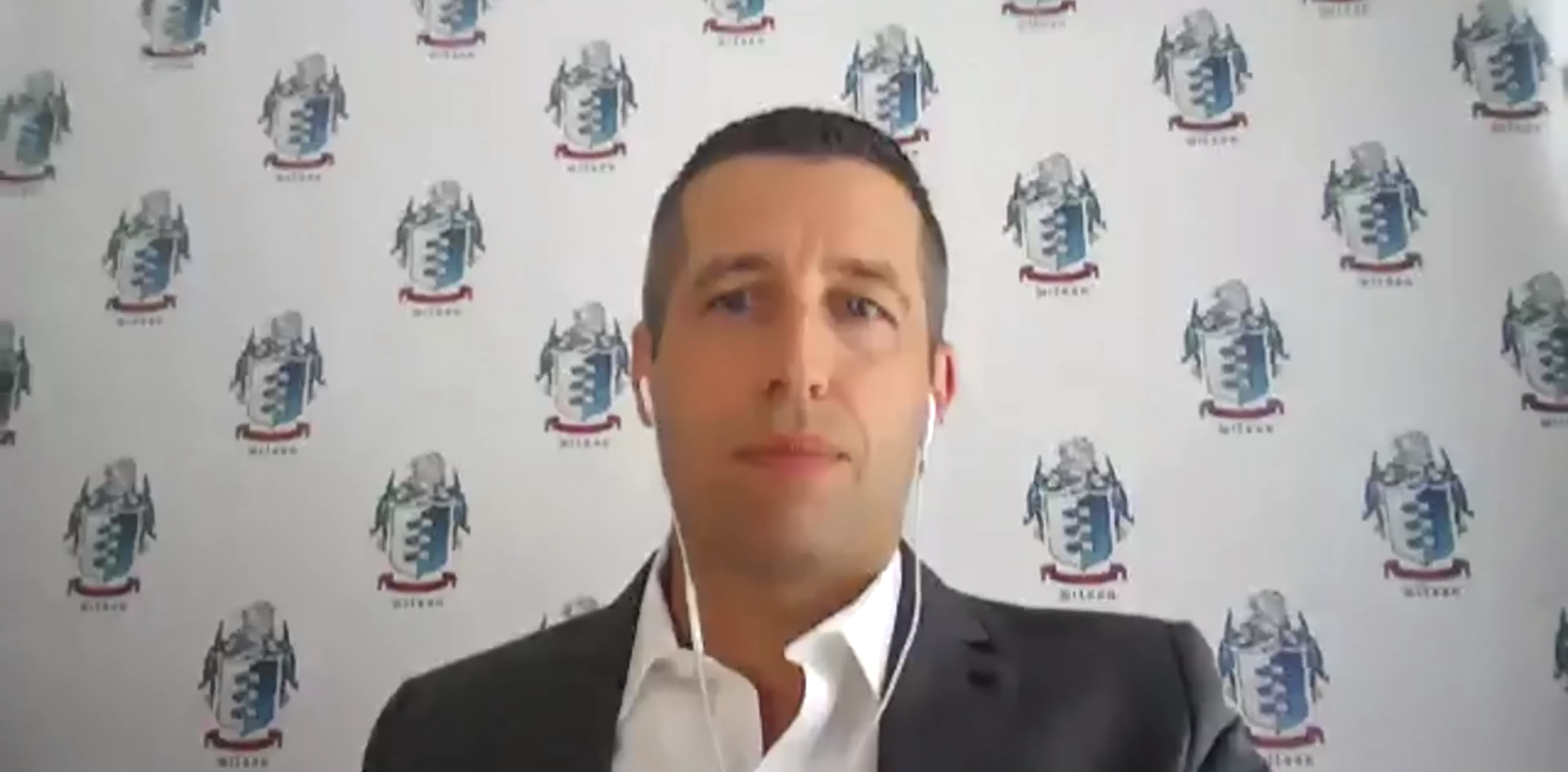Richard discusses how to communicate in a strategic way with clients to ensure that they are being presented with the best possible options. Hello this is Richard Wilson coming to you from downtown Philadelphia. I was here to meet with the client. We had a two hour meeting and we worked from a two page document that I used to kind of structure the conversation, but that I brought out at a certain time during the discussion when it would benefit the discussion, and I think our credibility and goodwill in the potential investment target’s eyes. I wanted to record a video about architecting negotiations and architecting conversations and architecting communication, so that the path you lead someone down doesn’t open up dark alleys that you haven’t preconceived thought out and closed off with light or the end of the tunnel. So this means that if you have a client and you could present three options to them, and you know that one of those three options is an option, but it’s not in his best interest to even consider that option, you know it’s a horrible option, but for whatever reason, maybe his background’s in manufacturing or maybe his background’s in accounting, you know, he might choose that option even though it’s in his best interest not, you might only present the two options instead of the three, and just know that you’re doing this in his best interest. There’s a fine line. There’s a real difference between not disclosing something or lying to someone or just saying a half truth versus just saying, “Here are the best two options that I believe.” You don’t have to say, “These are the only two options,” and try to not present the full reality. You can just say, “Based on all of our research, here are the best two options,” and just architect that one bad option out of the conversation. Another thing that I often try to do while having a long strategic meeting is predict what the other person might say at each juncture, and then figure out what my response would be to that, and what optionalities that would open up. In one negotiation that I’m in right now, I wanted to earn 10% equity in a seven figure business by providing access to our resources and my team, but then I also wanted to potentially invest and buy a percentage of the company as well, but importantly I’m deciding not to bring up that aspect. I think he’ll allow me to invest at the same valuation he’s had now at a later stage. If I bring up investing right now, then us earning the 10% equity stake without having to put capital down might be in jeopardy, because as soon as he hears that we might be willing to invest money for part of the company, he might then say, “Oh yeah, well I’m fine with you earning 10%, but you have to put 5% down as part of the requirements,” and you just don’t want to open up that can of worms. I think when you’re marketing, when you’re capital-raising, when you’re selling, you have to be very cognizant and explicit about what doors you’re opening, what conversations you’re opening, and what different scenarios could go on in their head as you bring up a topic such as insurance, or you bring up a topic such as employees or costs or risk management or financial modeling. It might lead to questions that you don’t want to have to answer, or it might lead to questions that just distracts the conversation. If you only have 30 minutes of time, you can’t afford a major distraction talking about macroeconomics or a major distraction talking about the threat of increased regulation, if that’s not on your agenda and that’s not going to push your goals forward.

Close







